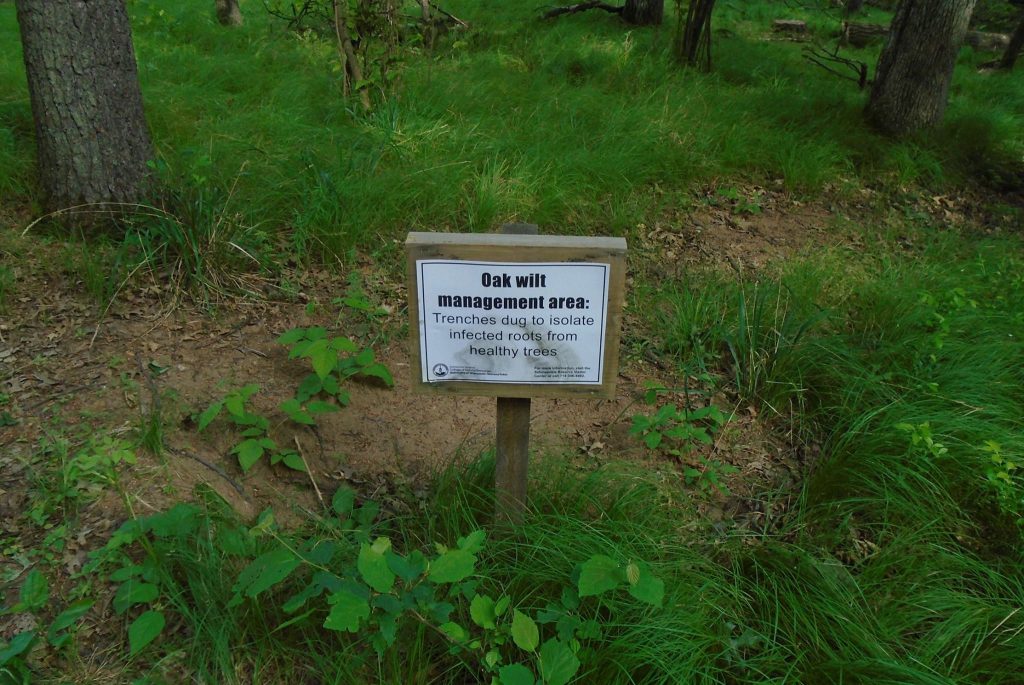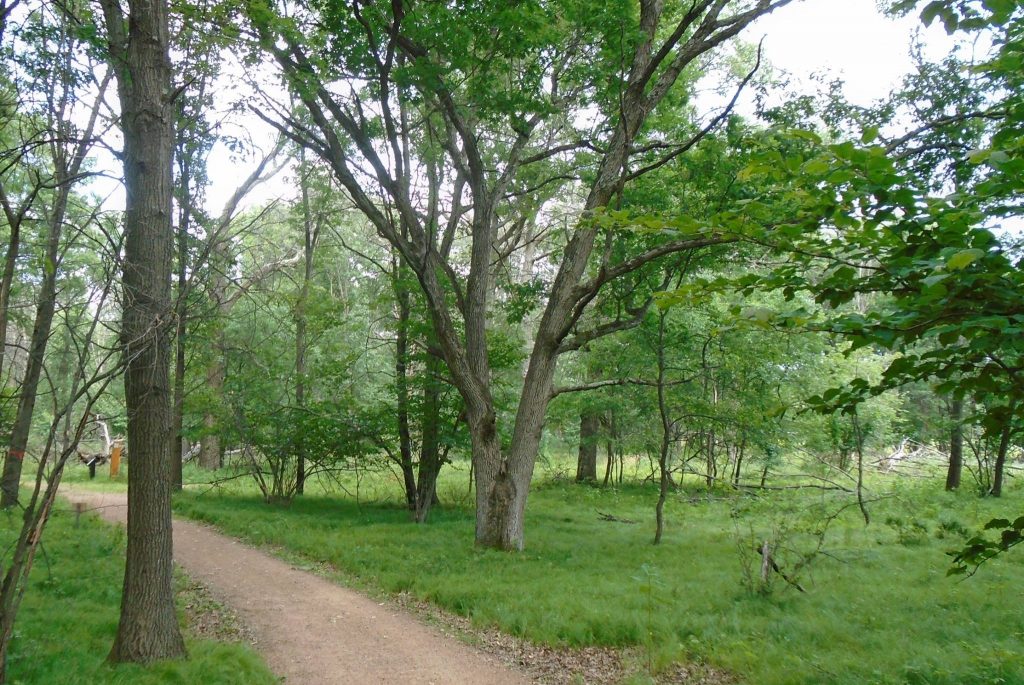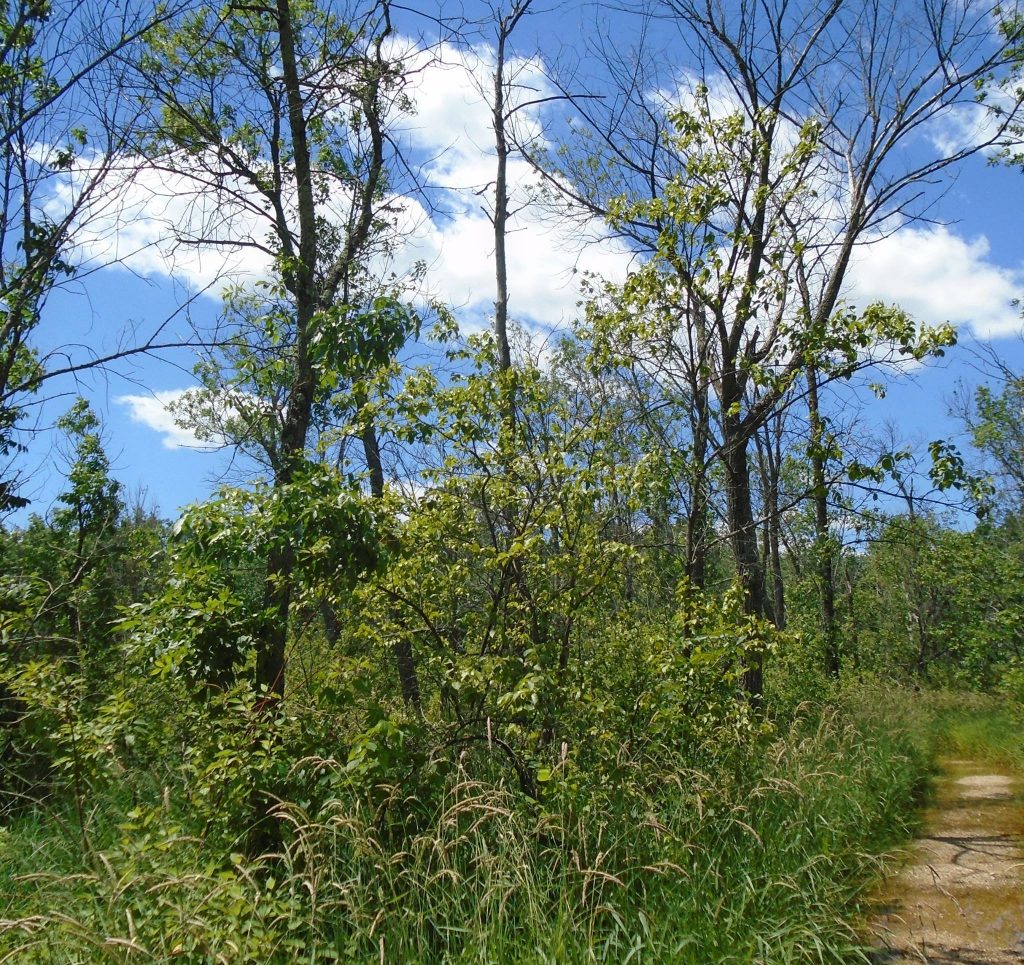A lot of people fear GMOs. I do not, at least no more than I fear (respect) electricity, fire or power tools. As with every new development, we need to be circumspect. Transgenic plants and animals will not be a panacea but I see significant upsides. The modern varieties are not qualitative different from plants and animals developed with traditional breeding, however, more precise. If we breed a plant or animals for a particular characteristic, we really do not know what we are getting. Lots of other genes can/will come along that we do not know about.
A transgenic plant can have the precise single different factor, as in the case of transgenic American chestnut trees, which would be identical to other chestnut trees in every way except the one factor that makes them resistant to the chestnut blight that killed the billions of trees once a keystone species in North American forests.
I think about this a lot as I observe nature under stress. We live in an age of human-influenced nature. There is no escaping it. We no longer have the option of “letting nature decide” by itself. Invasive species already introduced HAVE changed the rules. Our choice is to allow the degradation to continue and worsen or take steps to improve and protect our biotic communities.
I am in Wisconsin, visiting places I knew well decades ago. I see many changes. Some are positive. Many are natural changes in forest composition. BUT there are some really bad ones wrought by invasive species.
In Stevens Point I revisited northern mixed forests I loved. I greatly appreciated the thick, dark hemlock trees. They filled a unique role, shading streams and forming the climate forest. They lived more than 400 years, or at least they could have done. They are all gone now, at least I did not see a one in the woods where they used to grow in great profusion, victims of the woolly adelgid from China. One of my favorite ecosystems is the oak savanna, locally called oak openings. Look at my picture below. They have to trench between them in an often vain attempt to ward off the wilt. Consider that trees often form root grafts and that those grafts are beneficial – usually. The BEST we can do is sever their ties. What about the ash trees? The emerald ash borer is relentlessly and energetically killing the ash. The trees can be treated with chemicals to ward off the invaders, but the treatment must be done every three or four years. Ash trees are among the most common trees in the Midwest. We really cannot afford to lose them, but we may.
What has this to do with transgenic plants? Plenty. Evolution is a slow process. We have introduced species at alarming rates and upset the process. It cannot work fast enough to cope. Plant breeding may work over time, but it may be that a plant species just does not have the capacity to breed a solution. Of course, we can, are and should use various management techniques, but they can be applied only in limited areas. We need a more sustainable solution.
Transgenic chestnuts currently exist that are almost completely immune to the blight. I read about ash trees that could be developed to deter or destroy the ash borer. This COULD happen through evolution, but how long?
So in many ways transgenic solutions work for those places NOT as generally impacted by humans. I do not worry as much about my loblolly pines. Plenty of scientists are working to protect them. It is like a disease that affects lots of people in rich countries. Lots of people are working on solutions. But what about those less economically significant but still important. That is where the transgenic varieties will be key.
Consider that you do NOT need to change all the trees. If there are sufficient numbers, there will be herd immunity. If ash borers bite into a sufficient number of protected trees, the bugs will starve or fail to reproduce. They are unlikely to be eradicated, but they can become an endemic but not fatal problem.
We need to act and be not afraid. We have many tools to fight invasive diseases and we need to be smart about which, when and how to use them. Transgenic plants and animals are among our sharpest and most precise tools.
My first picture shows the heroic efforts needed to stop wilt. Number 2 is the still living oak savanna. Number three shows ash recently emerald ash borer victims and picture number four shows how they should be, would normally be. The first two pictures are from Schmeeckle Reserve at UWSP. The last two are from Kettle Moraine Park, Northern Unit.




